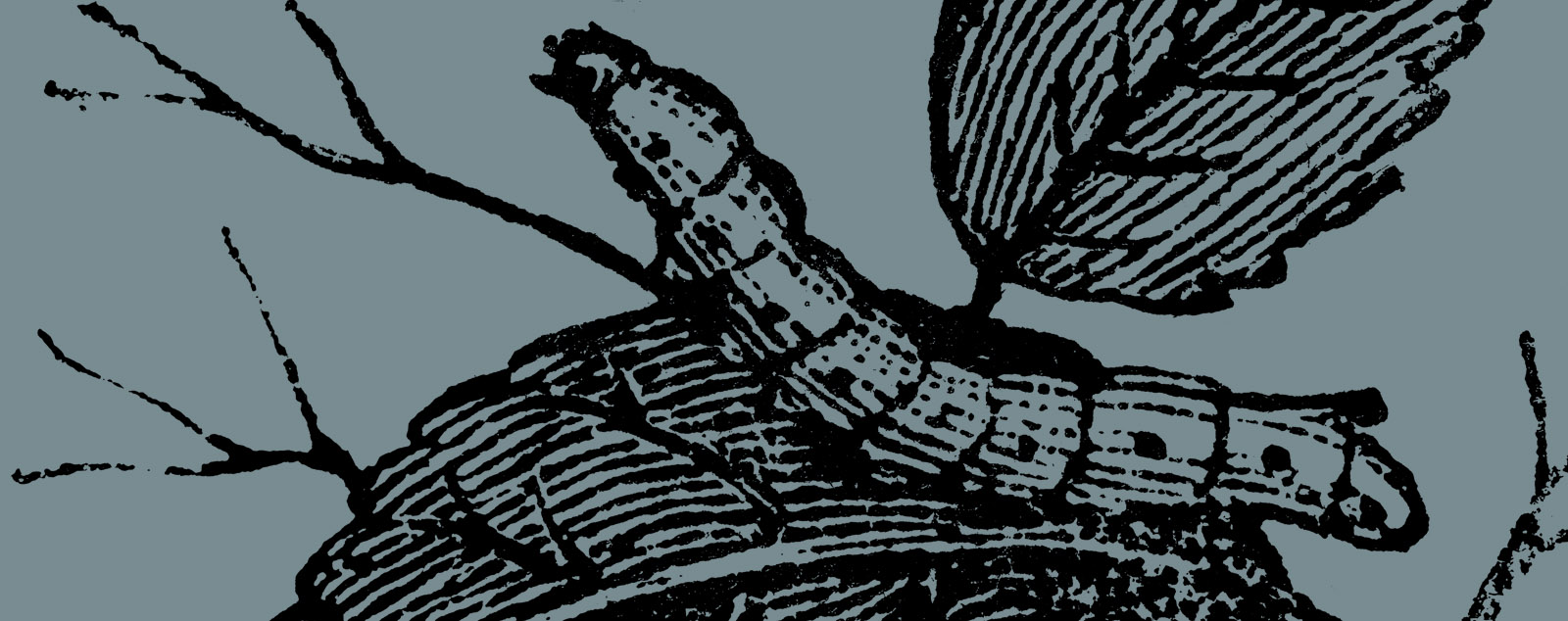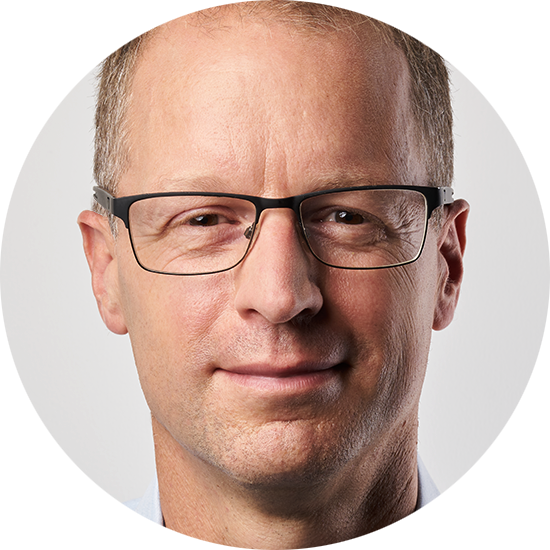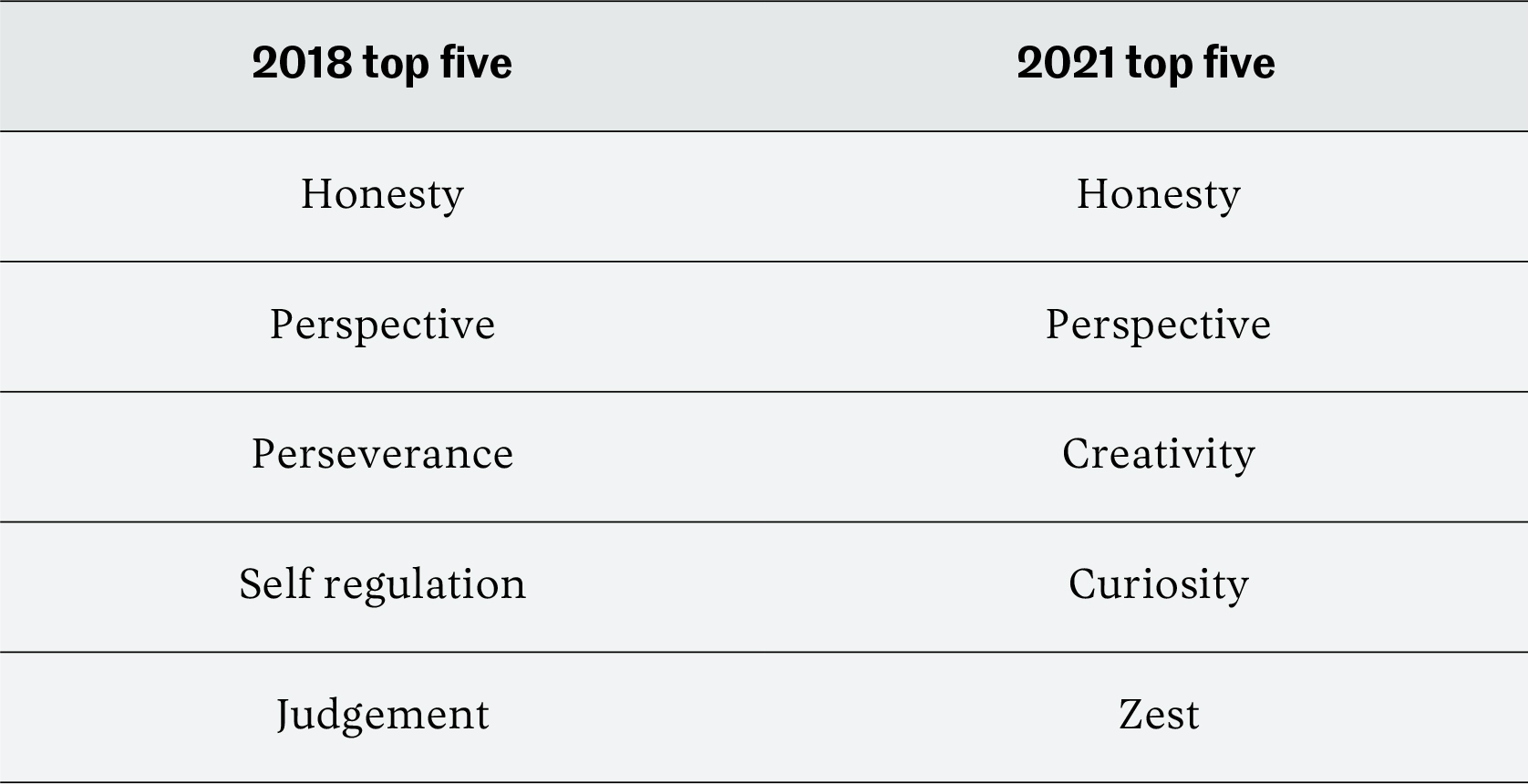

TRANSITION
Working Identity
My review of Working Identity by Herminia Ibarra. This brilliant book on transition makes the case for acting before you think.
I only read Ibarra’s book about a year ago. I was already within six months of moving on from PwC, where I’d enjoyed a 24-year career, 15 as a partner. But the book resonated so strongly with my own experience, and with the method that I’d stumbled upon, that I felt sure I must’ve read it before. As such it provided me with some important validation at a point of maximum uncertainty: COVID raging, my transition from a world I knew so well rapidly approaching.
Using stories gleaned from a structured series of career transition case studies, Ibarra turns on its head the normal linear approach to decision making:
Reflect > Decide > Set goals > Plan > Act
This linear approach is predicated on the idea that we have a single true self, which we can discover through introspection. Once we have done this, we can figure out the end state that will enable us to be the truest version of ourselves. Then it’s simply a case of designing and executing an action plan to get there.
Ibarra dismantles this approach and replaces it with a much messier, but in my view entirely realistic, method for transitioning to a career where you can be closer to your true self.
Act before you think
Central to Ibarra’s method is that we have to act, not think, our way to change. Research shows that we’re surprisingly bad at predicting what we’re going to want. I cover this extensively in my Life Factor e-book, and in shorter form in my review of Stumbling on Happiness. Our mind plays tricks on us, leading to what the Harvard psychologist Daniel Gilbert calls ‘miswanting’. Put simply, we often don’t enjoy what we want and don’t want what we enjoy. And our choices are skewed by our current environment and all manner of hidden psychological forces, which can lead us towards what we ought to do as opposed to what will enjoy doing.
Thinking our way to action often leads to paralysis. We fail to identify the big-bang change that will release our full potential. In the face of TED talks on how to ‘find your purpose’ this feels like a failure and leads to prevarication and inaction. But big-bang changes, based on a thought experiment, rarely work. The antidote is an action orientation, with multiple small wins and data gathering, gradually building into a bigger, and very different, picture of your working identity.
Multiple selves not a single identity
We don’t have a single true self that, once discovered, provides a guiding star to our future. Instead, we have complex layers of overlapping and evolving identities, which change. Self-reflection is useful, up to a point. But we need to try different aspect of our identity on for size, to see which fits best.
This question of evolving identity struck me recently when re-evaluating my strengths for a course using the VIA Institute on Character survey. I had taken the same survey in 2018 as part of a process of reflection on what I wanted to do post-PwC. This is how my identified strengths changed over the three years.

The difference is striking. In 2018, my top five were dominated by rational and professional qualities, reflecting the nature of my role at the time. I knew that as part of my transition that I wanted to bring my more playful and creative side to the fore. This seems to be what has happened, with creativity, curiosity and zest taking the place of self regulation, perseverance and judgement. These are, of course, self-evaluation questionnaires as opposed to entirely objective in nature. However, this illustrates how much my own sense of identity shifted between 2018 and 2021.
Is the 2021 me the ‘true’ me or the 2018 version? Both reflect different aspects of my personality, but what is brought to the fore depends on the circumstances we’re in and the extent to which we’re allowing different dimensions to flourish.
So at the outset of the change process we need to create a list of what Ibarra calls possible selves. Psychometrics, strengths inventories, career anchors and so on, can all help generate ideas for what these might be. But we need to beware the present bias that these methods will create. They are likely to be strongly influenced by where we are today, as opposed to where we will best be in future. Therefore, we need to use a range of methods to generate possible selves. But most importantly, we need to move as quickly as possible to testing them.
Craft multiple experiments
Because we’re surprisingly bad at predicting what we’ll enjoy, we need to go through a process of trying different possible selves on for size. This process of experimentation is the only way to get reliable data to discriminate realistic prospects from fantasy. Ibarra recommends experimenting in more than one identity at a time to enable comparisons.
Experimentation is a great antidote to miswanting. And the experiments can be simple, low risk, toe-in-the-water type tests that nonetheless reveal rich data. The experiments can rule possible selves out as well as ruling them in. Being a school governor and committee chair helped me realise that non-executive director roles didn’t appeal. A brief foray into political campaigning helped me realise that I wanted to be connected to politics and policy debates, but not active in politics. A number of wine courses persuaded me to keep oenology as a hobby not a career. By contrast, taking advantage of academic collaborations through my role at PwC promoted academia from an idea to a concrete possibility. Likewise, conversations with my own coach turned financial coaching from a silly idea to one worth investigating.
This first phase is what Ibarra calls exploratory experimentation. Trials, many small and varied, let a thousand flowers bloom. A regular process of reflection, iteration, and testing against how we actually feel, helps us to prune the weeds and nurture the flowers until we have a small number of most likely futures. Now we can become more serious, undertaking confirmatory, bigger experiments to test their validity.
Three years before I left PwC I moved down to three days a week to create space to undertake these bigger experiments. These were both professional and personal.
Professionally, I took a position as an Executive Fellow at London Business School to explore the reality of a potential future academic role. I joined the steering committee of a think tank. Within PwC I took on leadership of interaction with policy makers on corporate governance and stewardship. I formally trained as a financial coach and attended a retirement planning conference as a way of getting a better idea of the reality of operating in the financial coaching arena.
On the personal side, I joined cycling and tennis clubs and a local community volunteering organisation. This was both to see if these were things I’d really enjoy doing, but also to start the process of building social networks to replace what I’d inevitably lose through leaving PwC.
Shift your networks
Ibarra emphasises the importance of shifting your networks. Start building links with people in the areas you’re exploring. This fulfils three important functions:
- You can ask these people what it’s really like, doing what they do, which will help you assess whether you’ll enjoy it day-to-day.
- You’ll find out whether these are people you want to spend time with.
- And you’ll start developing a network of contacts who view the world differently from your current circle.
This last point is important, particularly for successful professionals practicing in corporates or professional service firms. We become used to judging our worth through the eyes of others and colleagues in these organisations tend to have a particular view of success. Less enlightened colleagues may also have an interest in keeping you where you are. Either for the benefit of the firm or because your desire for change threatens their own view of who they are. Joining networks of people who view and value the world differently helps you to build the support and confidence to navigate the messy and difficult period between identities.
As a very small example, joining a Friday cycling group made me realise that there were a whole load of entrepreneurs, sole traders, part-timers, or people taking a break from work, who viewed the world quite differently. They think it only natural to make the world of work and the shape of the week fit with their lives and wishes rather than the other way round.
Linger between identities
Because we don’t have a single true identity to find and then pursue, we need to recognise the process of shifting between identities. Our current identity is familiar to us and may have brought us a measure of success. It contains many underlying assumptions about who we are. This familiarity exerts a pull. Ibarra highlights how we need to allow time to shed one identity and take on another. We can’t rush this process — trying to shift before we’re ready can backfire. But the process of lingering and change can be unsettling. We’d like the moment of Damascene conversion, when the future is revealed to us. But personal transitions are much messier than this.
Ibarra estimates that major career transitions take three to five years. I’d agree with that. My own plan was 15 years in the making, but in the end took three years to take it from vague future aspiration to concrete reality. Allowing yourself the time to linger between identities also gives time for luck and serendipity to play their part, creating opportunities for change.
Make sense
The final stage of change is to weave your new identity into the narrative of your life. We explain our existence through the story of our lives. Bringing coherence to this helps to cement our own commitment to change. But sounding credible to others also helps win their support when we need it. A clear narrative builds our confidence and helps us to be resilient in the face of those who don’t understand our decision-making.
On the whole, I found colleagues and clients immensely supportive of my desire for career change. But I did have a few cases of raised eyebrows and implied judgement that I was moving to a lower status path. It helped me to have a clear view of how what I was doing integrated the different aspects of my life and personality. These protected me against reversion to old habits of approval-seeking and status orientation.
Take your time
This all takes time. The initial reflection and generation of possible selves is the easy part. Much harder is having the courage and commitment to set up the right experiments and shift your networks. This took me three years, during which I was working part-time. We’re used to being good soldiers for our organisation. And it’s important to remain thoroughly professional, for our own reasons of integrity, but also because the world’s a small place. But at the same time, when you enter the transition phase you have to be disciplined to take enough time for your own benefit to create the experiments and meet new people. This time needs to be scheduled, probably at least a day a month three years out and then perhaps up to a day a week in the year before transition. This also helps the process of releasing your old identity and evolving to your new one.
This book is full of great stories and wisdom. It describes a process that is messy, but realistic and achievable. And one that worked for me.
If you read just one book on transition, make it Working Identity by Herminia Ibarra.
